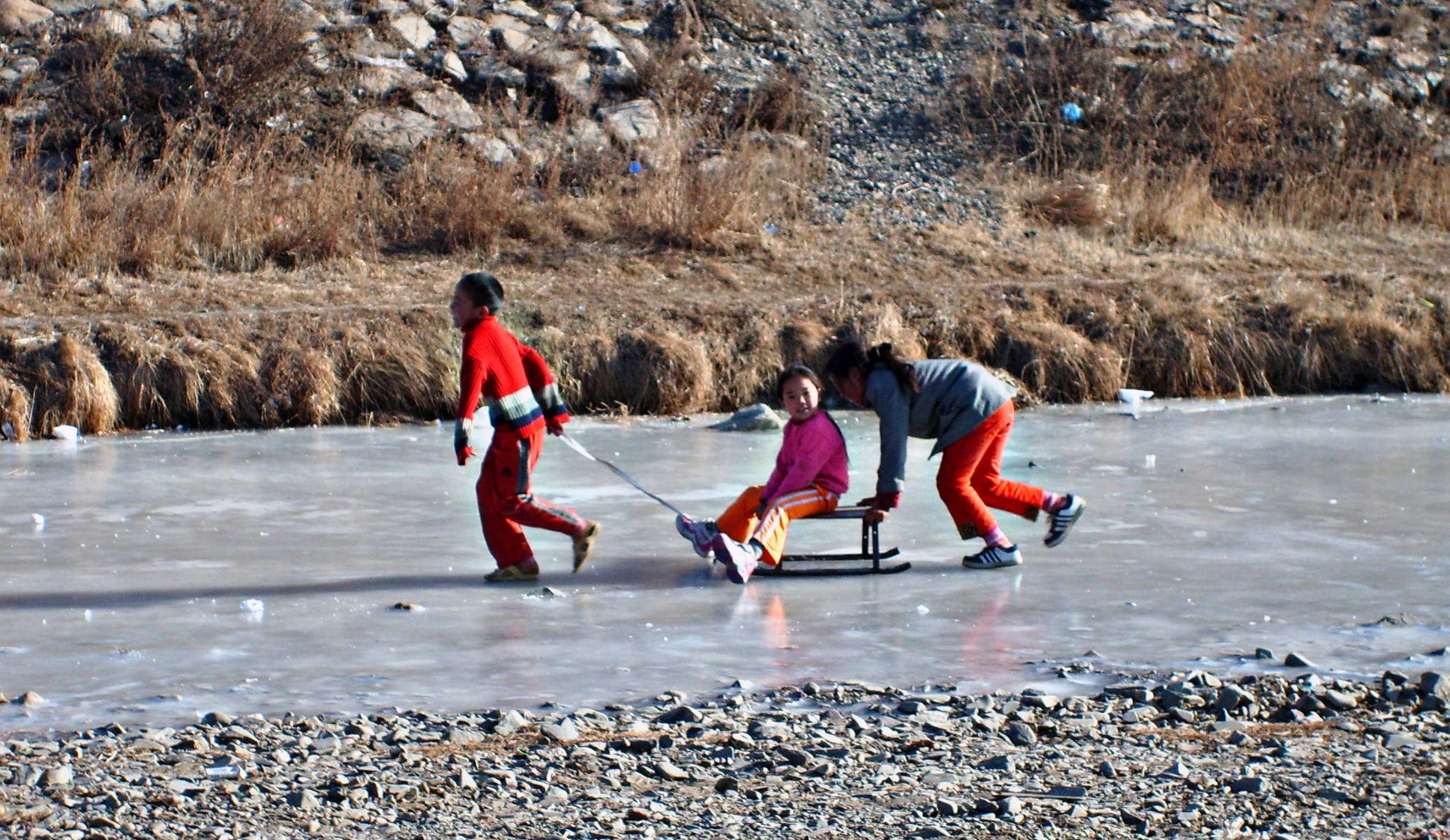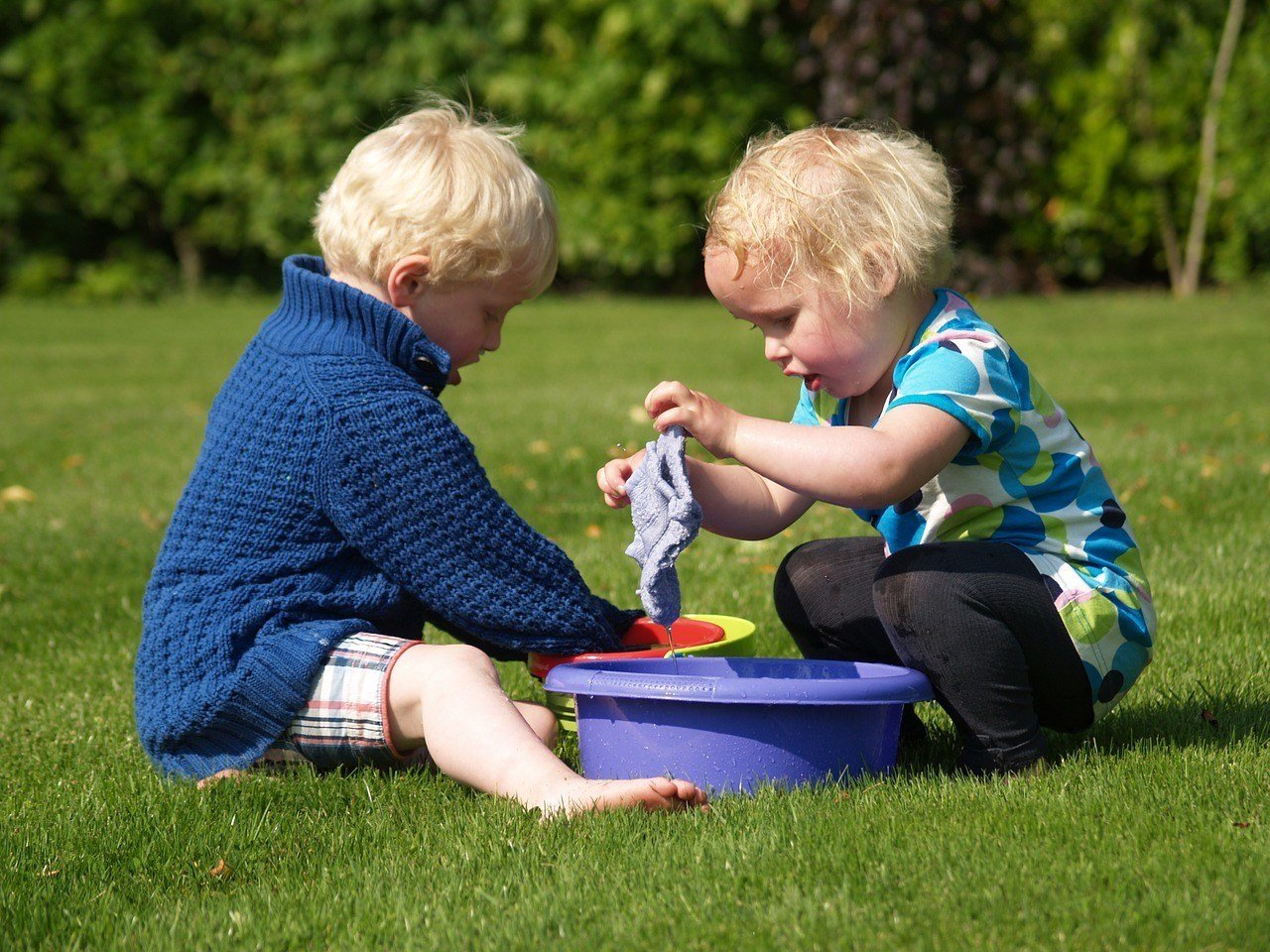Play is a way for them to practice real life scenarios in a safe way. It also allows for the creative flow of thoughts and ideas. These are essential to the healthy development of the child. Parents who have a hard time letting go of their kids to allow unstructured play time need to recognize that these activities are actually assisting in their emotional and cognitive development. Read my previous article about The Endless Battle Between School Works and Play for Children if you haven’t realized how kids’ creativity are being murdered these days.
Play can bring greater benefits than any scheduled activities
Play is their work. It is their time to process life through imaginative actions, and to build them into emotionally stronger people. The benefits of creative play should not be discounted or minimized. Creative play has a multitude of benefits for children including:
Greater sense of self worth Problem solving skills Personal growth and learning Increase in creative thought processes (creativity builds upon creativity) Increase in emotional stability (children use play to work through complex issues) Leadership abilities Cognitive skills Communication skills (as they play with other children and express themselves)
Don’t rob your kids of the benefits of creative play by having them busy all the time in scheduled activities. Allow time for them to play and be a child.
A subtle action can murder an innocent creative play
There are things that a parent or caregiver can inadvertently do that will kill a child’s abilities to flourish creatively in that moment. Below are just some of the things that can harm or inhibit creative play.
Hovering
When adults hoover over their children during play time, the children are aware of their presence. It inhibits their ability to play, as many children will limit their actions based on what they believe the adult will like or dislike in their actions. The child becomes attuned to accommodating the hovering by playing according to positive reactions from their caregiver. This can also be conversely true as well. Meaning that the child may play in a way that seeks out negative attention from the hovering caregiver. Either way, the hovering is not beneficial in the long run, as it is stifling the child’s ability to be creative without the direct scrutiny of an adult.
Pressure to perform
Children need to be able to play without feeling that they are performing. They don’t need to create something meaningful like a rehearsed puppet show or a quality piece of artwork to be creative. Often, creativity is built over time. They need time, space, and freedom from pressure to be creative. Sometimes, nothing is created and that is fine too. The purpose is to allow them to be creative on their own and in their own element, so pressure must not be placed on them. Pressure does not help creativity flow for children. Instead it creates stress and negative emotions that inhibit creativity.
Control
Allow the child to do their own thing. If you are constantly saying “why don’t you do things this way” or “how about you do this…”, then you are trying to control the creative play. Most children will eventually decide what and how they want to go about doing something. They don’t need interference. Even if it is the wrong way. As long as it is not harmful to them, then it is a creative experience that should teach them to do things differently next time. They will learn on their own using their own abilities than the controlling prodding from an adult.
Competition
There is plenty of competition for kids in this world and for the life ahead of them. Parents and adults do not need to make play time competitive, because for many kids this puts them off. They just want to participate with other children and enjoy the fun. They don’t want to be the loser in a competition. If kids create their own competition in play, then that’s fine. It is not helpful for adults to intervene and force competitive situations in the play. It becomes real work when competition is put into the mix. It can suppress a child’s ability to be creative, as they are more focused on the competition at hand that allowing their natural creativity to abound.
Let the kids lead the play
Parents should allow for the child to lead the play, as this is allowing them to be the source of the creativity. Parents and adults can supply the materials needed and then let the child or children play using their own thoughts on how to proceed with the playtime. If parents get too involved or provide too much direction they inhibit the child’s creativity and self expression. Allowing the child space and time to play without specific instructions is exactly what children need to flourish in their creative element (provided that they are safe first and foremost). Below are some ways that you can encourage your child in free play. Allowing your child to do these things will stimulate their creative thought processes. It will also help their development emotionally and mentally.
1. Art
Provide your child with crayons, paints, paper, markers, empty boxes, and more and you will see them express their creativity. You don’t need to tell them what to draw or how to create art. They have their own ideas. If you want to be involved in the art then encourage their play by providing them with positive verbal cues as they play. For example, as your daughter paints a piece of artwork and suddenly takes a bright red paint and splatters it all over their artwork, don’t tell her she is ruining her artwork. Instead comment on their creative choices. Praise their ability to know what they want and that they go and do it with confidence. It is also ok to simply provide them with the supplies to create art and allow them the opportunity to create on their own. If you are concerned about mess, then cover the table and floor below the child with newspaper, paper towels, or other disposable materials and have them put on one of your old t-shirts. Be less concerned with the mess and more concerned with the child being able to freely create the art.
2. Outdoor exploration
Get outside and explore with your child. Something as simple as a bug box or binoculars can bring lots of creative ideas to the child. Allow the child to take the lead on what they want to discover that moment in nature or how they want to play. The great outdoors is a wonderful natural setting for play and imaginative activities to happen.
3. Pretending adulthood
One way that children play that helps them imagine how it will be to a grown up is through pretend play. When your children play adult scenarios such as, school (one child is the teacher and the others are students in a make believe classroom), doctor (they are doctors and perform surgeries and examinations on dolls or stuffed animals), or house (the kids pretend to be a family and they create home life situations to play out), they are imagining what it would be like to do these things in real life. They are playing through their reality of what can or may happen as adults in these scenarios. It is a way for them to safely express themselves and practice what it will be like to someday be an adult.
4. Building
Blocks, Legos, gear building sets, and other toys that allow children to build something are great for initiating creative and imaginative play. They must built to create something, therefore using their own skills of creativity and ingenuity. They are the architect, the construction crew, and the designer all in one. They plan, execute, and then enjoy the fruits of their labor when the project is complete. There is great joy and self-worth attained when children build things. It isn’t just imaginative play, it is learning to start a project and complete it for the sake of their own satisfaction. Their self-motivation can be honed in on during building play time. Once again, parents can provide the materials and then let the child determine the course of the building, along with the execution. It is ok to help along the way if they ask for help, but allow them to direct you on what you should be doing in their project. That way they have the sense of being in control of their project and they are taking a leadership role in accomplishing the task at hand. It is empowering for the child and helps them to become stronger emotionally and mentally.
5. Toys that facilitate creativity
Play Doh, tinker toys, and the like facilitate creative play in children because they are creating somethings using these toys. These toys can be much like art and building combined. They allow the child to create freely from scratch. They can determine what to make and how to go about completion of what they want to make. They are utilizing great creative and innovative skills when allowed the space and freedom to plan and complete a project on their own. For example, a child can decide that they want to make a miniature town out of Play Doh. They get to decide how to create the buildings, where to place them, how big to make them, etc. They then get to execute and this involves trial and error. They learn to problem solve things such as the trees not standing up on their own, so they must create conifer trees only to support the weight of the Play Doh. They will revel in their success of completing their little town and feel proud of their accomplishment. It is more than just play, it is building life skills and developing problem solving skills that carry into adulthood.
6. Physical activity
Kids need physical activity. This is why they rarely sit still. They need to be moving physically all throughout the day, as this is the way children are made. They are physical creatures with an abundance of energy that is meant to be used for their benefit in the maturation process. When they play physically, especially with other children, they are often engaging in creative play. For example, they may chase one another and create imaginative games about good guys needing to capture the bad guys. They will create playtime activities on their own that involve physical play when they are allowed that freedom and enough physical space to move around. Outdoors is the best place to allow them to be physically creative. It is also a great time for leadership skills to be developed. The child who is simply bossy will not attract other kids at play time. However, the child who has good leadership skills can attract other kids to play in their activity and can lead the way in the play. Creative physical play time is also beneficial to their physical well being since they are getting exercise while they are playing.
Allow kids to be kids
The Pediatrics Journal cites a variety of reasons that contribute to the reduction of play in society today,[1] Parents need to be cognizant of their family lifestyle and schedule to ensure that their children are allowed to have time to be children. This means allowing them time to play freely which provides the opportunity for their creativity to blossom. Keeping children too busy and too structured is proving detrimental to their development in the long run. Their creativity, which is an important skill unlocks the gate for many valuable skills and traits children will need in adulthood, will be hindered. Featured photo credit: Photo by Patrick Fore on Unsplash via unsplash.com

